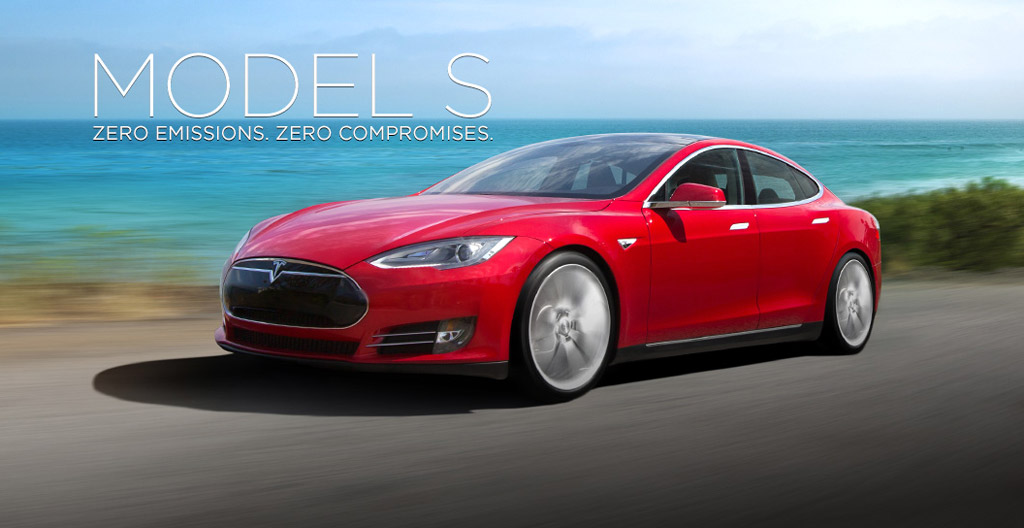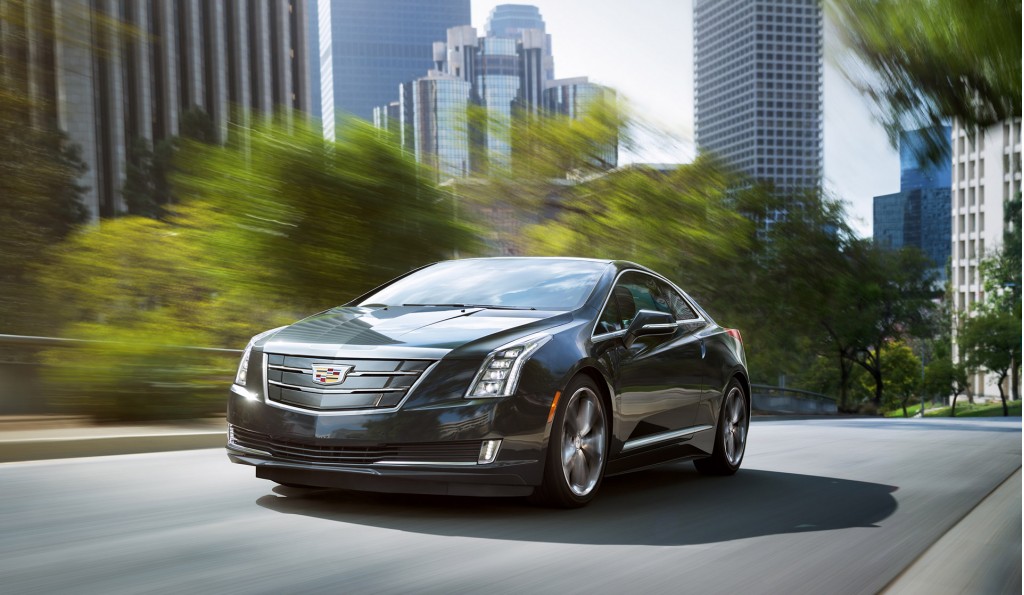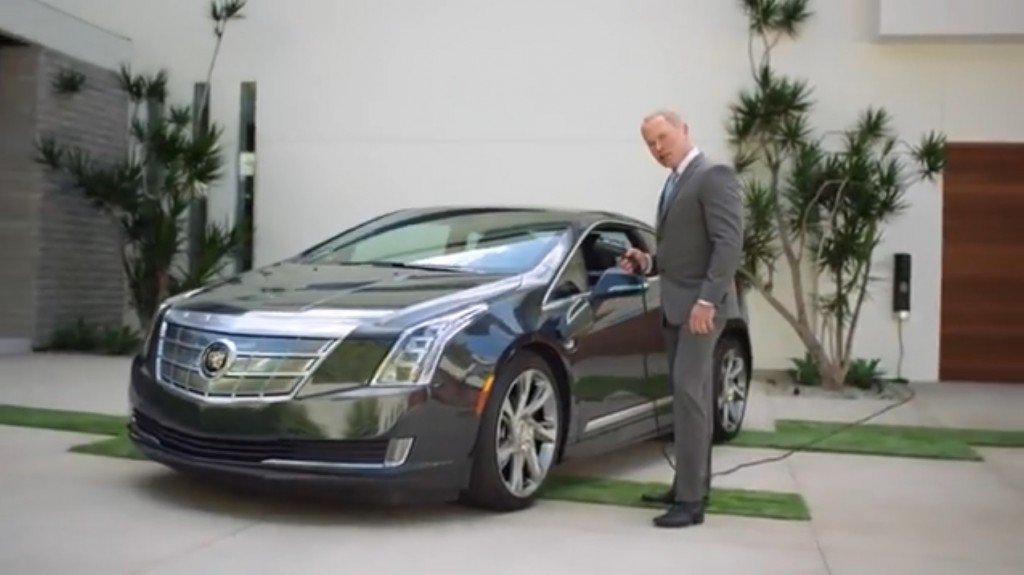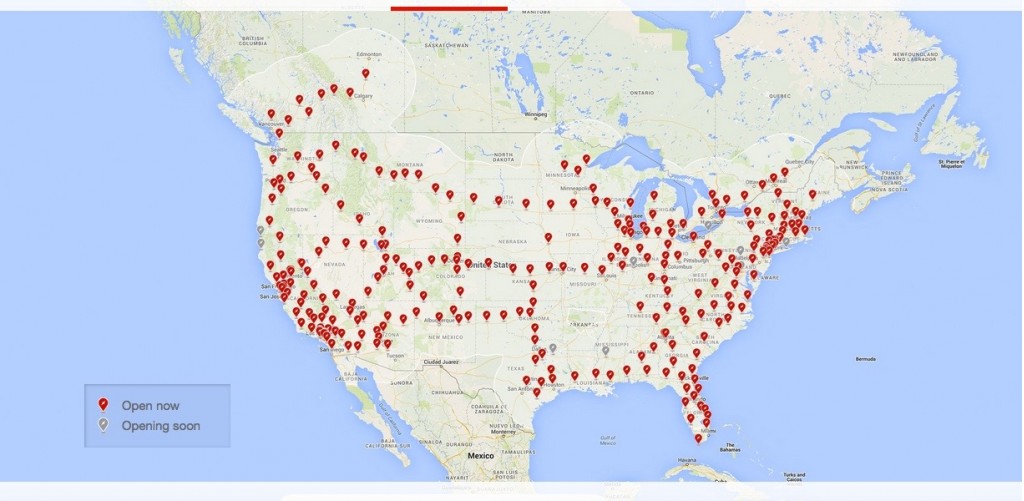After a long and tortured development process and a short life, GM has quietly euthanized its Cadillac ELR range-extended electric luxury coupe.
The derivative of the first-generation Chevrolet Volt was intended to sell at a higher price, to help recoup some of the development costs of the Voltec plug-in hybrid technology.
But the small two-door coupe, while striking, launched in 2013 carrying a price of $75,000—and massive sticker shock doomed its chances.
DON'T MISS: $75,000 Cadillac ELR Coupe Price Was 'Overestimate', Chief Marketer Says
GM didn't announce the death of the ELR; it was uncovered and confirmed by HybridCars.com, which got Cadillac spokesman David Caldwell to acknowledge that production had ended in February.
Total sales to date of the ELR's two models years—2014 and 2016—stood at just under 2,700 units since the electric car first went on sale in December 2013.
The history of the car that became the Cadillac ELR dates all the way back to the Cadillac Converj concept car that debuted at the Detroit Auto Show in January 2009.

2009 Cadillac Converj Concept
The sleek, wedge-shaped coupe's design won rave reviews, and it was slated for production and then canceled during GM's bankruptcy and government-backed restructuring that year.
A series of on-again, off-again decisions followed, until this site broke the news in August 2011 that the Converj had been approved for production by the GM board of directors.
Named the Cadillac ELR, it went on sale at the breathtaking price of $75,000, fully $35,000 higher than the 2013 Volt whose basic powertrain it shared.
CHECK OUT: 2014 Cadillac ELR: $75K Electric Coupe Gets Five-Figure Discounts, Already (Jul 2014)
Cadillac hoped to sell several thousand ELRs a year, but nothing of the kind happened. It was offered with five-figure discounts just months after launch.
Its best sales month was August 2014, when 196 ELRs found buyers. Over the car's life, sales averaged a mere 93 cars a month.
So what went wrong?

2014 Cadillac ELR at Detroit-Hamtramck
Post-mortems on the ELR are easy to conduct, in retrospect, but we've formatted ours as a series of lessons.
(1) Small two-door coupes are a tiny market segment to begin with.
Sure, Mercedes-Benz and BMW sell tens of thousands of two-door, four-seat cars every year. But two-door cars in general are a tiny, tiny piece of the U.S. market, regardless of powertrain.
Worse, Cadillac hasn't been known for two-doors since the 2002 demise of the Eldorado—and that's hardly a model whose image a rebooted Cadillac would want to revive.
Had the ELR been a "four-door coupe" of the sort the Germans have spread throughout their lineups, it might have done better.
Given where the market is today, however, Cadillac could have made its biggest splash by launching a small plug-in hybrid crossover SUV. That was, in fact, the pre-bankruptcy plan.
But the stillborn Saturn Vue Two-Mode Plug-In Hybrid powertrain proposed for a version of the Cadillac SRX (now replaced by the XT6) couldn't deliver enough electric range or performance, so it never saw the light of day.

detail of spy shot showing GM Two-Mode Plug-In Hybrid being tested in Saturn Vue mule
(2) It's very, very hard to sell any compact car for $75,000
And even more so if you're Cadillac, which has struggled to sell its excellent compact ATS sedan at prices more than $30,000 lower.
Add to that the small volumes and necessary buyer education of all plug-in electric cars, plus the fact that the ELR really had only two usable seats.
What you get is a vehicle in a subsegment of a subsegment, never mind the price.
Tag that vehicle with the same sticker price as a Tesla Model S, at the time, and you get gaping eyes, dropped jaws, and a general reaction of, "What the ...?"

2013 Tesla Model S
(3) The idea that the ELR competed with the Tesla Model S was delusional
Tesla's biggest accomplishment to date may be creating a global luxury car brand with advanced technology allure out of nothing in less than 10 years.
Even if Cadillac had offered a car that competed straight across with the Tesla Model S--a fast, attractive electric luxury sedan with a range of more than 200 miles and seats for four to seven passengers—its brand would likely have hindered it in early-adopter markets like California.
The idea that a small coupe with only two usable seats and an electric range of just 37 miles, no matter how attractive, could compete with the Model S was insane.
Or ludicrous.

2016 Cadillac ELR
(4) Cadillac buyers may not be as technology-forward as GM would have liked
Cadillac has been trying to relaunch itself since 2002, with the first-generation CTS.
It has succeeded in producing a very good lineup of sedans, but its brand continues to lag in the eyes of many North American luxury buyers.
Cadillacs are used by black-car companies all over the U.S., and it has made no headway in selling into the conservative, German-centric luxury market in Europe.
WATCH THIS: 2014 Cadillac ELR Ad Video: What Does It Say About Who Buys Electric Cars? (Feb 2014)
China may well be a different story, which is why that market is the subject of intense focus, product development, and production plans by Cadillac global management.
In the States, though, we can think of very few Tesla buyers who had Cadillac in their consideration sets when evaluating options for their next cars.
And Cadillac's ad agency did the brand no favors with an odious spot featuring actor Neal McDonough as an arrogant, self-made entrepreneur who sneers at Europeans and the idea of taking time off to enjoy life.

Frame from 2014 Cadillac ELR video on YouTube, with actor Neil McDonough
(5) To get high prices, you have to deliver value
Simply having an electric drivetrain that plugs in doesn't, by itself, qualify a car as justifying a higher price.
Just consider the hapless Mitsubishi i-MiEV electric minicar, which is the least expensive electric car sold in the U.S. but has some of the lowest sales.
Its sales are right on par with those of the Cadillac ELR, in fact—whereas the Chevy Volt and the Nissan Leaf have each sold almost 50 times as many units in the U.S.
For North American buyers, value is usually a mix of size, capacity for people and cargo, quality, brand image, and—in the case of plug-in cars—electric range.
A growing national and global network of DC fast-charging sites doesn't hurt either.

Tesla Motors Supercharger network in the U.S. - map as of March 2016
The Cadillac ELR had none of these qualities. Its cabin was pleasant; it was nice to drive; but its range was that of the more capacious Chevy Volt, which had more doors.
That was it.
Back in 2013, the ELR's $75,000 price was rumored to have been a directive from Dan Akerson, who was then GM's CEO.
It was said that Akerson demanded the car be put into production at a price that let GM break even on its build cost.
That's never been confirmed, to the best of our knowledge, but if it is true, it proved to be a spectacularly misguided decision.

Dan Akerson
The forthcoming 2017 Chevrolet Bolt EV, with a range of 200 miles or more and a starting price of $37,500, promises to be a rather better direction for GM's electric-car development.
Meanwhile, in the near term, the 2014 and 2016 Cadillac ELR promises to be a comfortable and luxurious used electric car for those people who only need two usable seats.
And in 40 years or so—when replacement battery packs will give it 200 miles of range!—it may be a rare and desirable collector car from the earliest days of modern electric vehicles.
Or not.
_______________________________________













